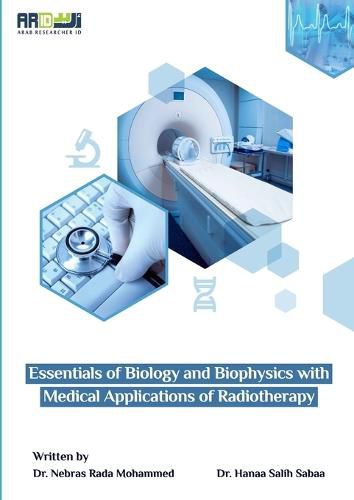Readings Newsletter
Become a Readings Member to make your shopping experience even easier.
Sign in or sign up for free!
You’re not far away from qualifying for FREE standard shipping within Australia
You’ve qualified for FREE standard shipping within Australia
The cart is loading…






This title is printed to order. This book may have been self-published. If so, we cannot guarantee the quality of the content. In the main most books will have gone through the editing process however some may not. We therefore suggest that you be aware of this before ordering this book. If in doubt check either the author or publisher’s details as we are unable to accept any returns unless they are faulty. Please contact us if you have any questions.
As the 19th century can be considered the age of cellular biology, the 20th and 21st centuries were characterized primarily by developments in molecular biology. In the 1970s the development of recombinant DNA technology opened the way to genetic engineering, which enabled researchers to recombine nucleic acids and thereby modify organisms' genetic codes, giving the organisms new abilities or eliminating undesirable traits. Those developments were followed by advances in cloning technologies, which led to the generation in 1996 of Dolly the sheep, the first clone of an adult mammal. Together, recombinant DNA technology and reproductive cloning (the method used to produce a living animal clone) facilitated great progress in the development of genetically modified organisms (GMOs). Such organisms became crucial components of biomedical research, where genetically modified (GM) mice and other animals were developed to model certain human diseases, thereby facilitating the investigation of new therapies and the factors that cause disease. Recombinant DNA technology played a crucial role in the generation of GM crops, including pest-resistant forms of cotton and herbicide-resistant forms of maize (corn) and soybeans.
$9.00 standard shipping within Australia
FREE standard shipping within Australia for orders over $100.00
Express & International shipping calculated at checkout
This title is printed to order. This book may have been self-published. If so, we cannot guarantee the quality of the content. In the main most books will have gone through the editing process however some may not. We therefore suggest that you be aware of this before ordering this book. If in doubt check either the author or publisher’s details as we are unable to accept any returns unless they are faulty. Please contact us if you have any questions.
As the 19th century can be considered the age of cellular biology, the 20th and 21st centuries were characterized primarily by developments in molecular biology. In the 1970s the development of recombinant DNA technology opened the way to genetic engineering, which enabled researchers to recombine nucleic acids and thereby modify organisms' genetic codes, giving the organisms new abilities or eliminating undesirable traits. Those developments were followed by advances in cloning technologies, which led to the generation in 1996 of Dolly the sheep, the first clone of an adult mammal. Together, recombinant DNA technology and reproductive cloning (the method used to produce a living animal clone) facilitated great progress in the development of genetically modified organisms (GMOs). Such organisms became crucial components of biomedical research, where genetically modified (GM) mice and other animals were developed to model certain human diseases, thereby facilitating the investigation of new therapies and the factors that cause disease. Recombinant DNA technology played a crucial role in the generation of GM crops, including pest-resistant forms of cotton and herbicide-resistant forms of maize (corn) and soybeans.